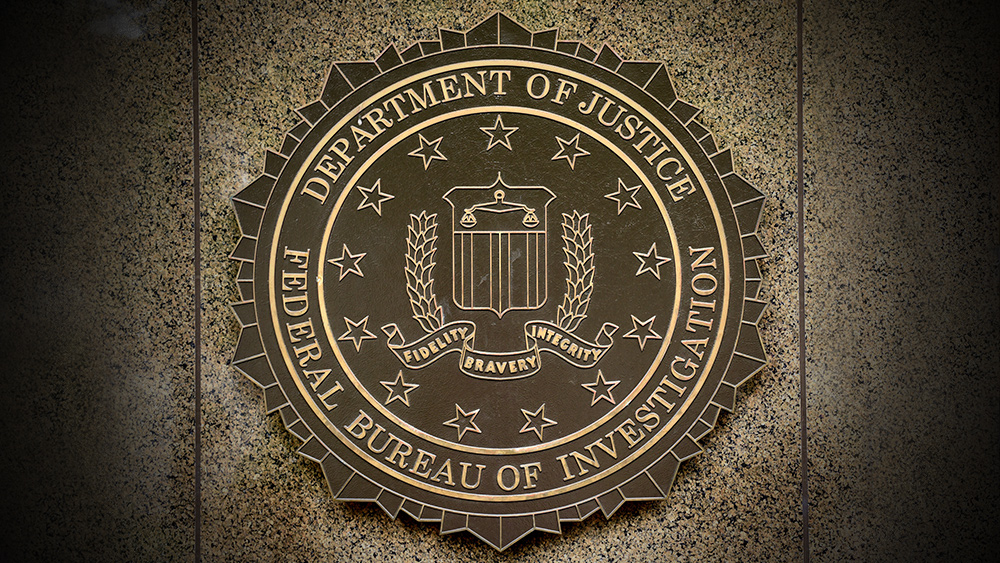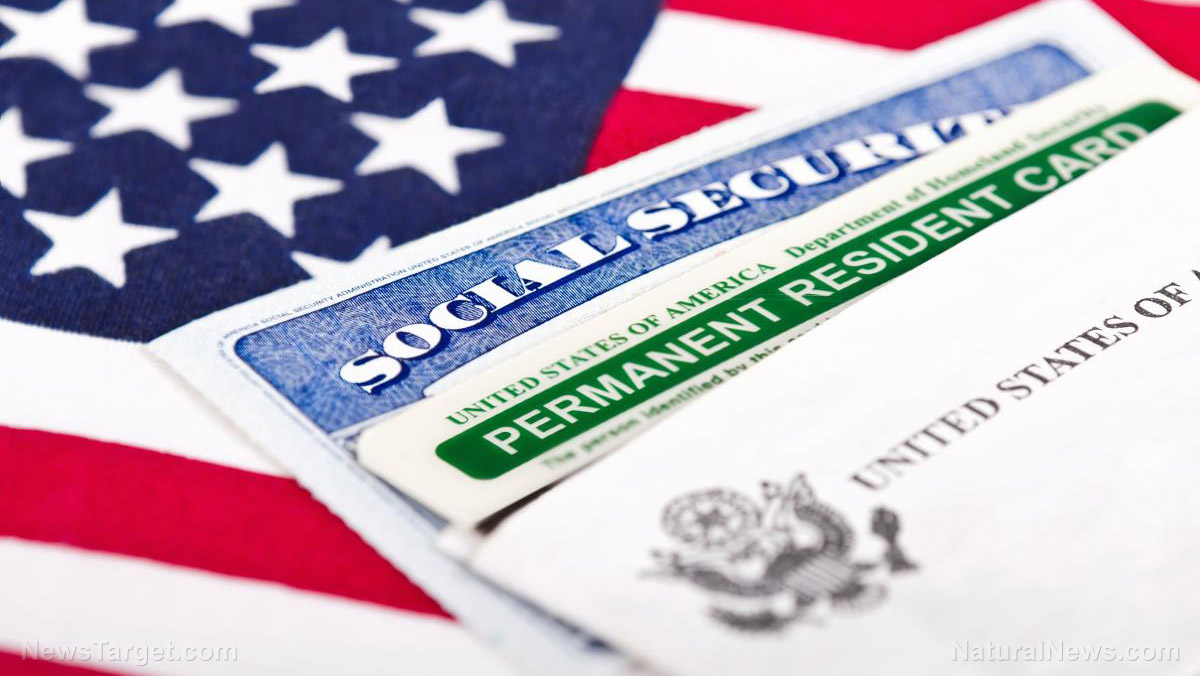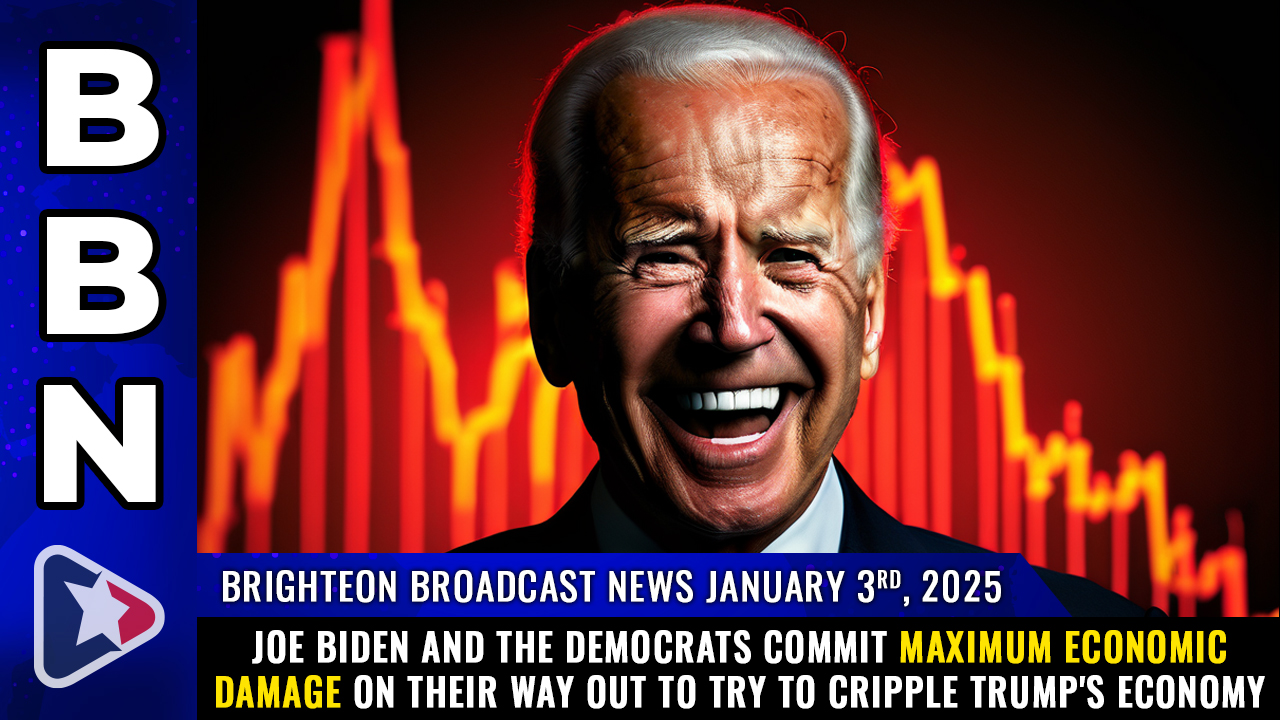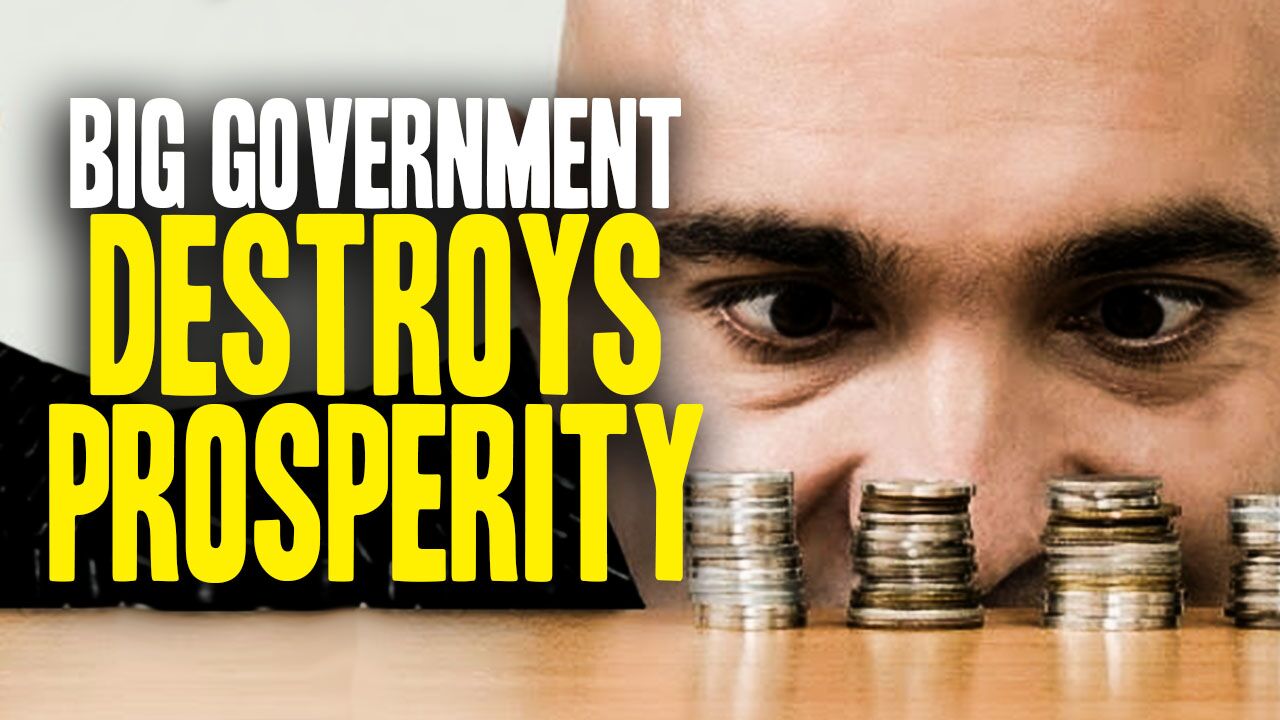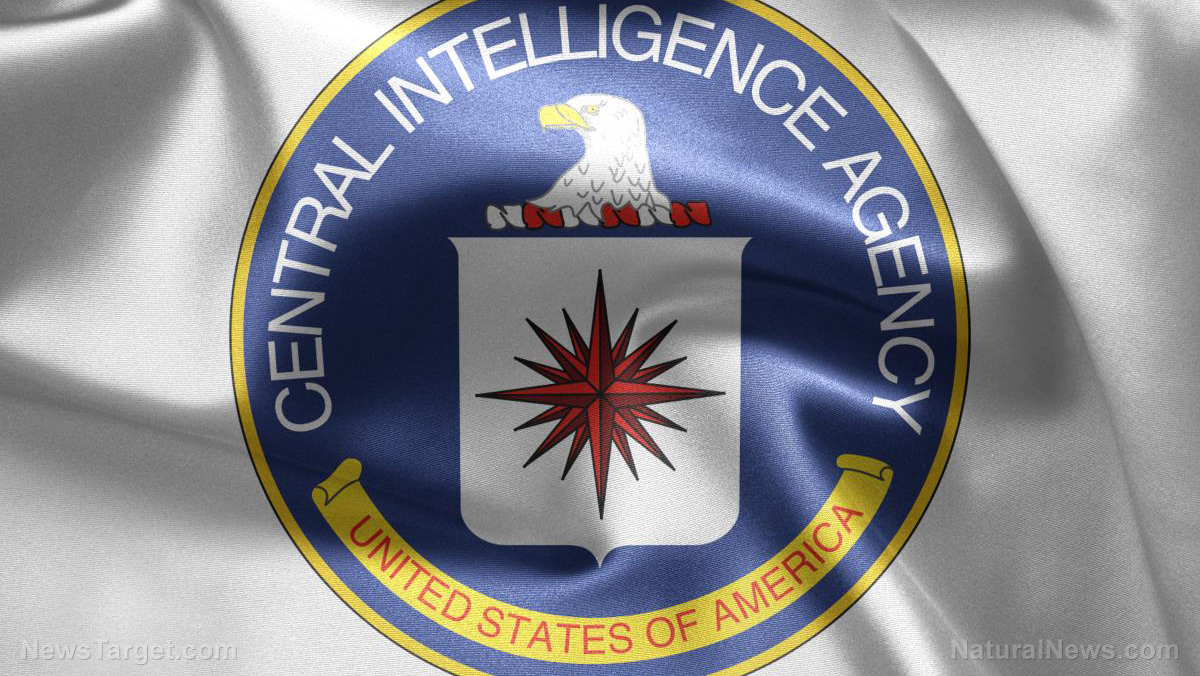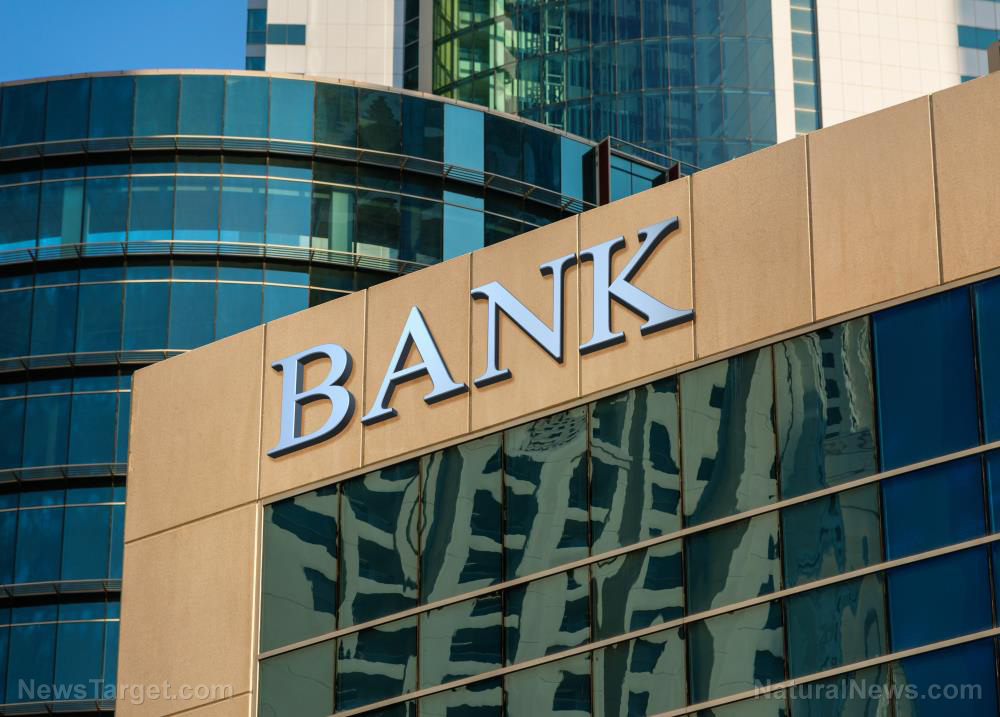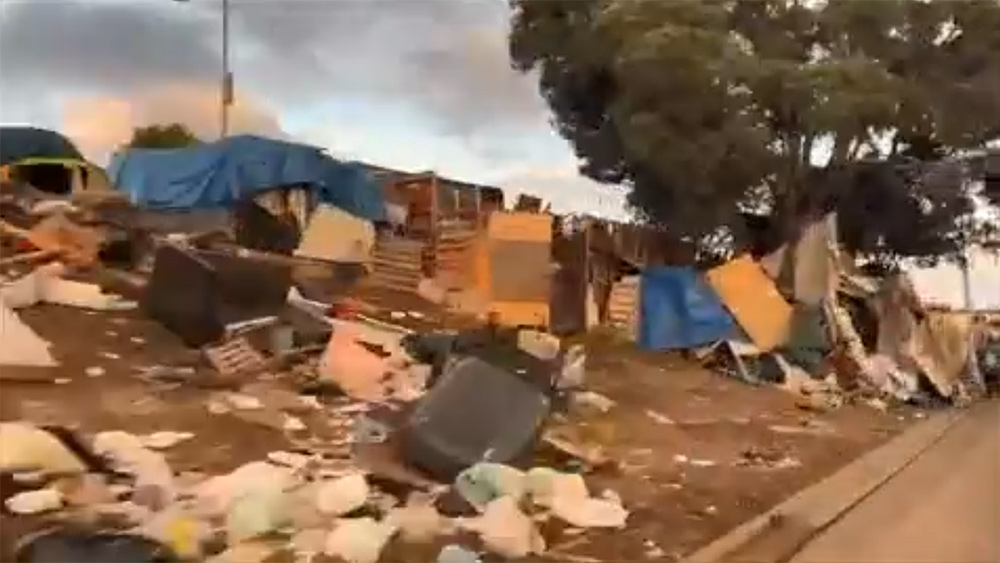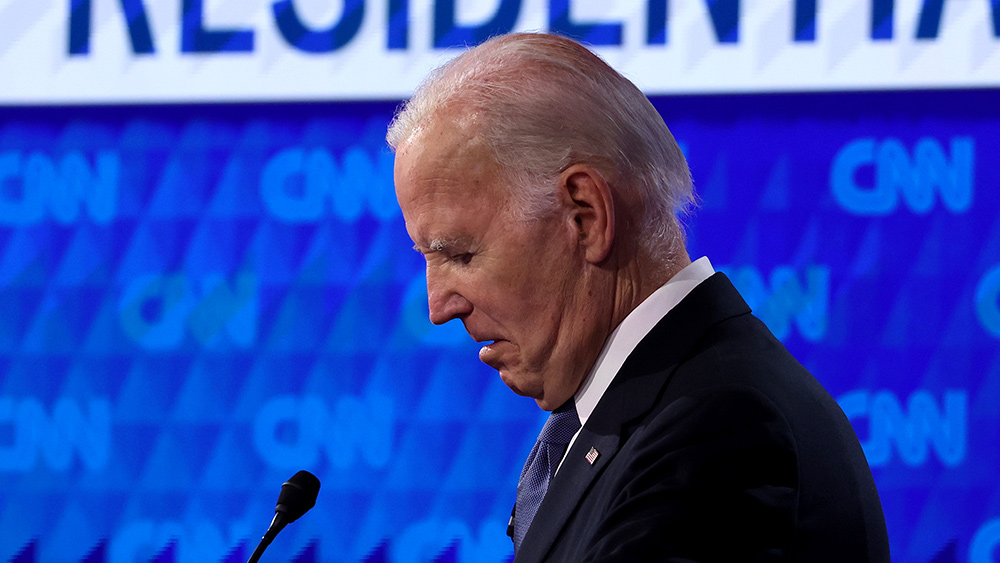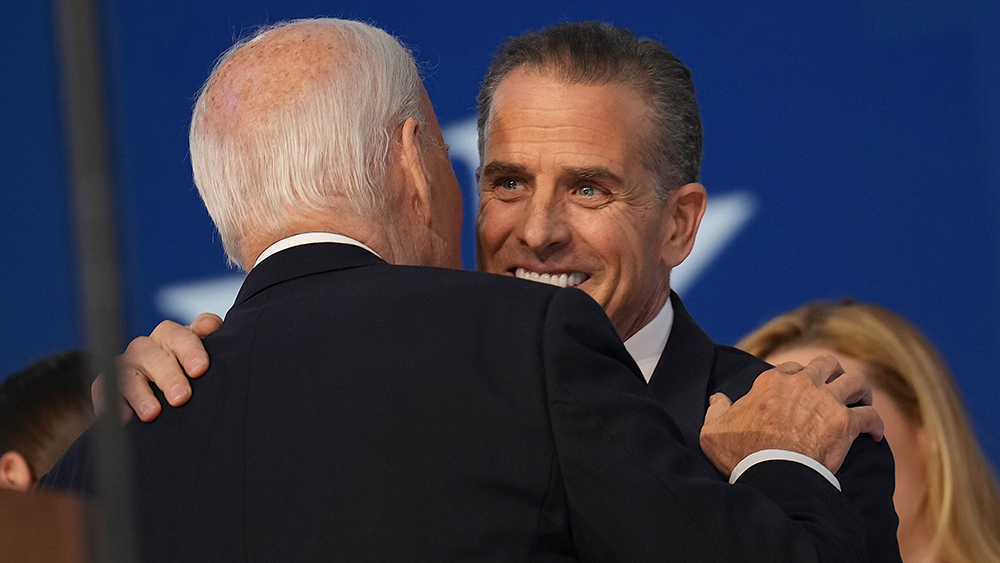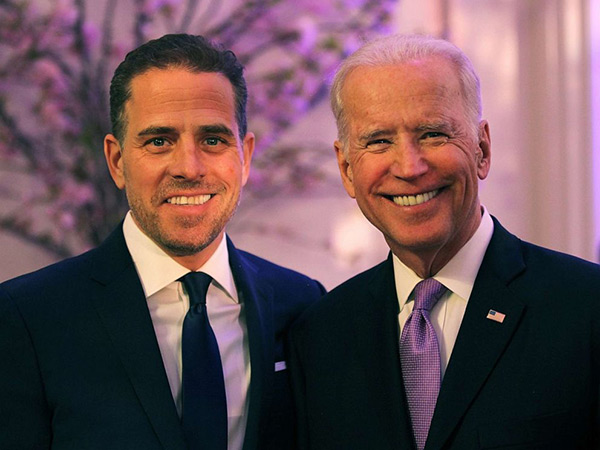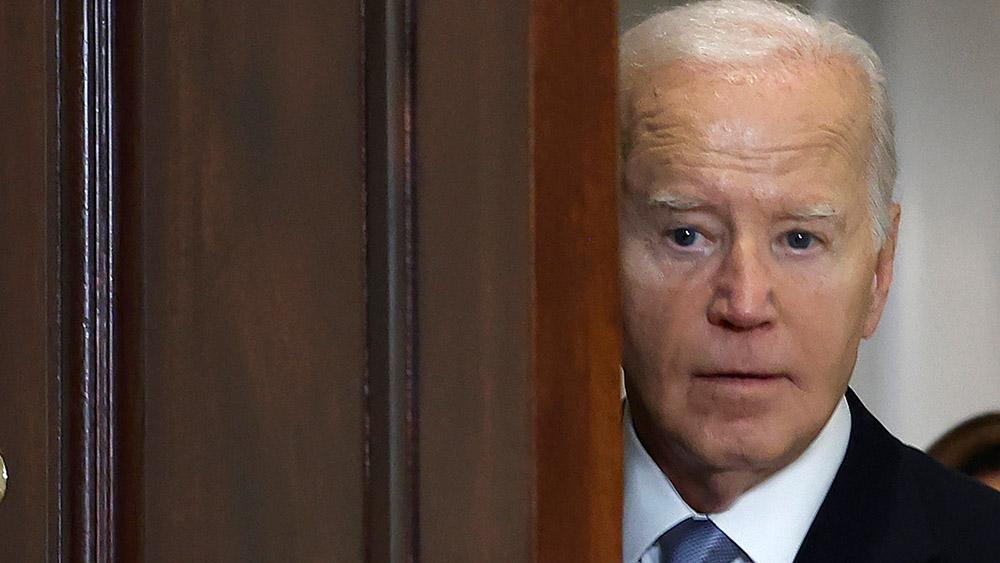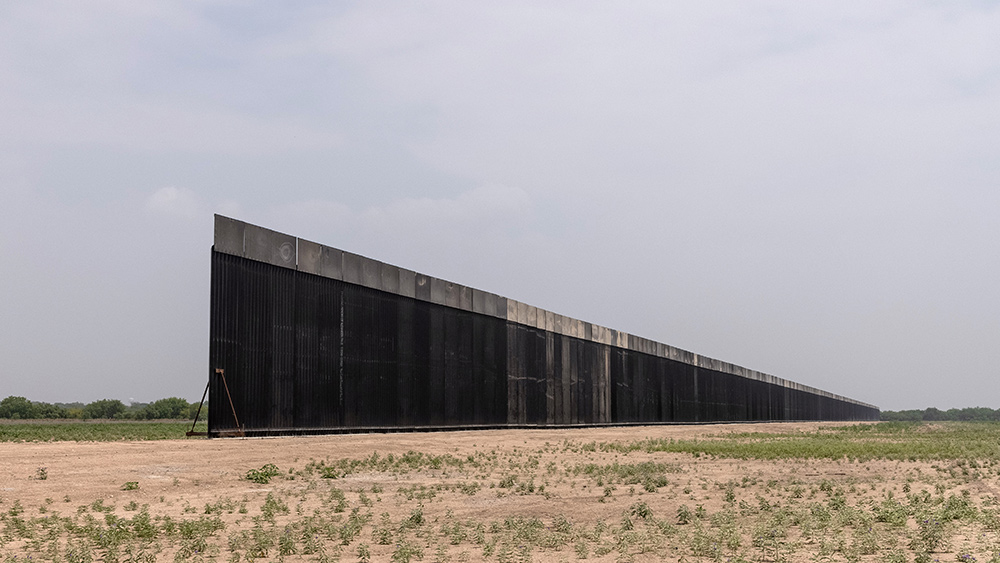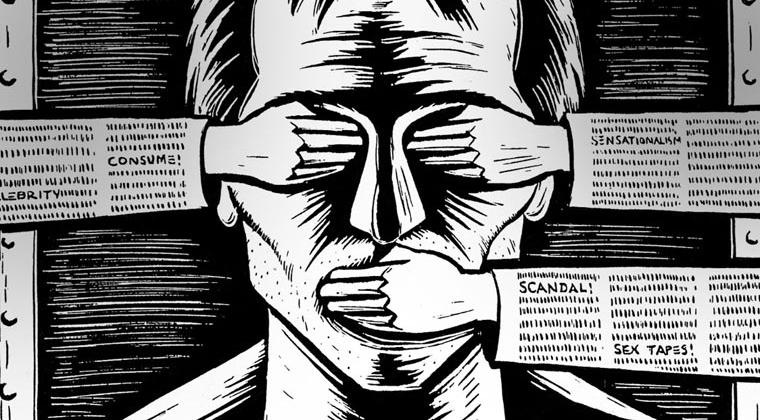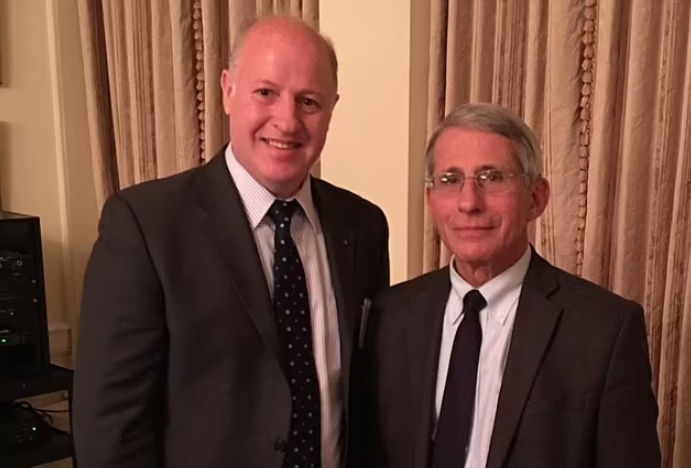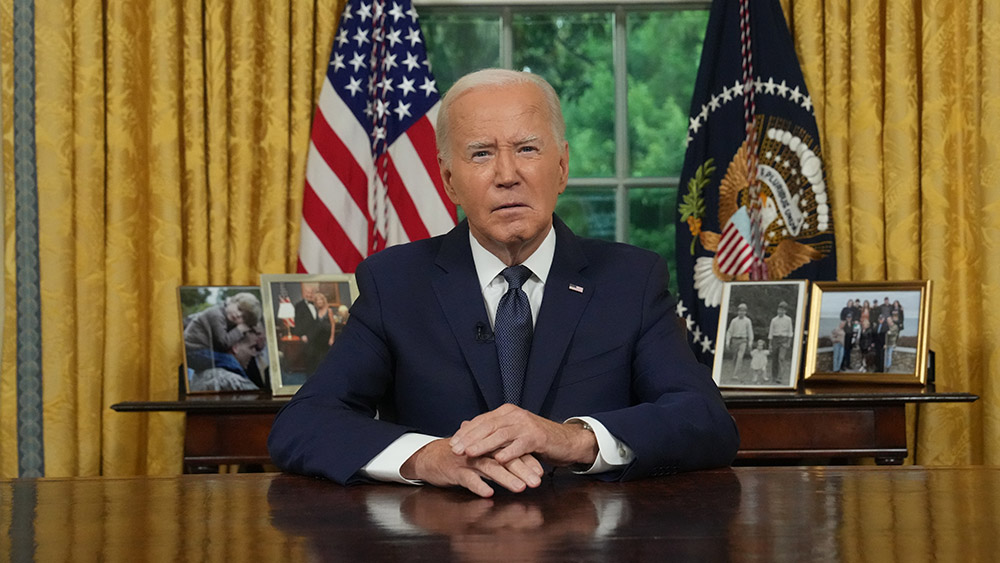Big Banks shift the burden of losses to taxpayers through the Federal Reserve in the form of BAILOUTS
01/04/2025 / By Arsenio Toledo
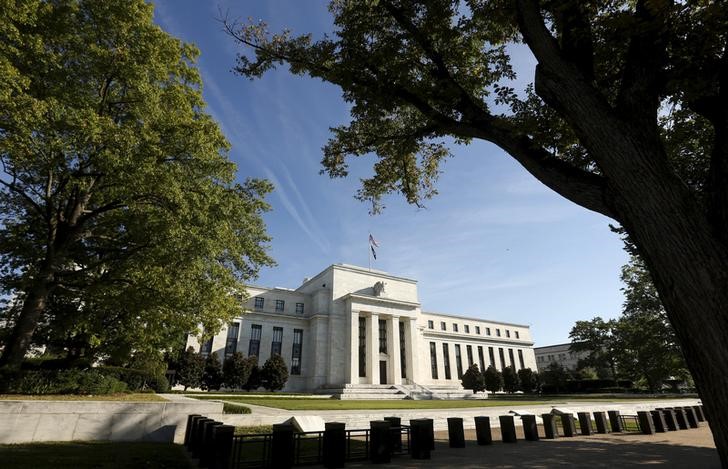
- The Federal Reserve has primarily been used as a tool by Big Banks to shift financial losses to taxpayers through bailouts, according to author G. Edward Griffin.
- Griffin’s book, “The Creature from Jekyll Island,” discusses how the Federal Reserve System’s creation led to the establishment of a national banking cartel, maintaining Big Banks’ power and reducing competition.
- Historical patterns show that government intervention, particularly in the form of taxpayer funds, has been the primary method to stabilize failing financial institutions.
- Banks create money out of nothing through loans, and when defaults occur, the loss is shifted to taxpayers through mechanisms like the FDIC, loan guarantees and government subsidies.
- The FDIC, through its premium collection and federal government support, mitigates bank risks but creates moral hazard. Insufficient FDIC funds often lead to the creation of new money by the Federal Reserve, resulting in inflation.
The Federal Reserve has been the primary means by which Big Banks have shifted financial losses away from themselves and to taxpayers through the process known as a bailout.
The origins and true purpose of the Federal Reserve are discussed in detail in author G. Edward Griffin’s seminal work “The Creature from Jekyll Island: A Second Look at the Federal Reserve,” in which he discusses how the Federal Reserve System’s creation led to the institutionalization of a national banking cartel that kept Big Banks in power, diminished healthy competition in the banking industry and used the federal government to act as an intermediary to transfer losses away from bank owners and to taxpayers.
Griffin cites historical patterns of government intervention in banking crises to prove that every time Big Banks fail, taxpayer funds have been the primary means by which failing financial institutions are stabilized.
In one of the chapters in his book, Griffin likened the process of shifting banking losses to taxpayers to a game with specific rules and objectives. The primary objective is to ensure that Big Banks don’t go under and they remain profitable even if their loans go bad. (Related: It begins: Bank bailouts start after huge financial institutions start to fail due to woke mismanagement.)
The first step in this process is the issuance of loans without any backing. The Fed allows commercial banks to create money out of nothing through the issuance of loans. This newly created money is lent out, generating interest income for the banks. When a borrower defaults, the bank writes off the loan as a loss. However, since the money was created out of nothing, the tangible loss is minimal. The real loss is borne by the bank’s equity holders, who see their investment reduced.
To mitigate the risk of large-scale defaults, the federal government, through agencies like the Federal Deposit Insurance Corporation (FDIC), guarantees large loans made to corporations and foreign governments. This ensures that even if these loans go bad, the banks will not bear the full brunt of the loss. Instead, the burden is shifted to taxpayers.
When a borrower cannot repay a loan, the bank often rolls over the debt, extending the loan period and sometimes increasing the loan amount. This allows the borrower to continue making interest payments, which are crucial for the bank’s profitability. The bank may also lend additional money to the borrower to cover interest payments, further increasing the loan’s size and the bank’s apparent assets.
If the borrower’s financial situation deteriorates further, the bank may reschedule the loan, reducing the interest rate and extending the repayment period. This makes the loan appear more manageable in the short term but increases the likelihood that the borrower will never repay the principal.
Government intervention instrumental to propping up Big Banks
When all else fails, the federal government steps in to provide direct financial assistance to the borrower. This can take the form of subsidies, loan guarantees or even direct payments. The rationale is that allowing the borrower to fail would have catastrophic consequences for the economy, including widespread unemployment and economic disruption.
Central to this whole process is the FDIC. Griffin argues that the FDIC is able to operate on the assumption that only a small percentage of banks will fail at any given time, and it collects premiums from all banks, regardless of their risk profile. This creates a moral hazard, as banks have little incentive to avoid risky loans, knowing that the FDIC will cover their losses.
When the FDIC’s funds are insufficient to cover a bank’s failure, the federal government steps in, using taxpayer money to make up the shortfall. This often involves the Federal Reserve creating new money, which is then used to pay off depositors. This newly created money enters the economy, diluting the value of existing money and leading to inflation – the ultimate cost of bank bailouts.
Watch this episode of “The Daniela Cambone Show” as she interviews G. Edward Griffin about the only way to prevent the Fed from enacting anymore planned crises.
This video is from the Cynthia’s Pursuit of Truth channel on Brighteon.com.
More related stories:
Sources include:
Submit a correction >>
Tagged Under:
bailout, bank bailouts, banking, banks, Big Banks, big government, central banks, conspiracy, corruption, debt collapse, deception, deep state, FDIC, Federal Deposit Insurance Corporation, Federal Reserve, finance, finance riot, financial crash, insanity, market crash, traitors, treason
This article may contain statements that reflect the opinion of the author
RECENT NEWS & ARTICLES
COPYRIGHT © 2017 TREASON NEWS

